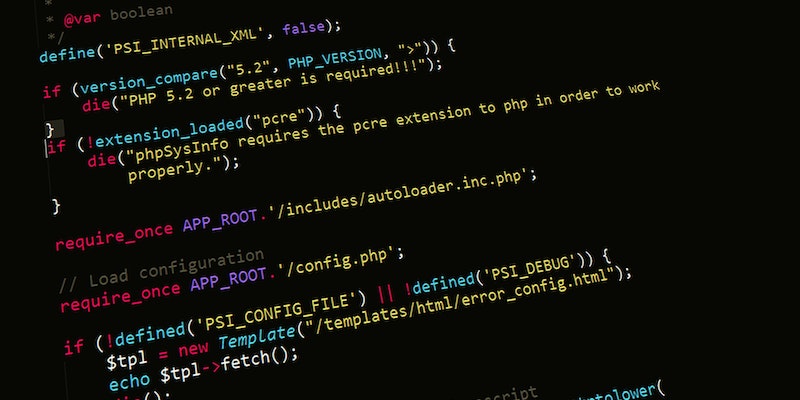The IZ1H9 Campaign, a sophisticated attack on Internet of Things (IoT) devices, has emerged as a significant threat in recent times. This article aims to provide a comprehensive overview of the campaign, its rapidly updated arsenal of exploits, and the vulnerabilities it targets. Furthermore, it will delve into the payload injection process, the Mirai variant IZ1H9, decoding the configuration, command-and-control communication, and the persistent nature of the vulnerabilities. The article will conclude by highlighting effective mitigation strategies against this pervasive threat.
The IZ1H9 Campaign is known for its agility, constantly updating its arsenal of exploits. It incorporates 13 distinct payloads, effectively targeting vulnerabilities across various IoT devices. This adaptability allows the campaign to remain one step ahead of security measures. Notably, on September 6, the campaign reached its peak exploitation, with trigger counts soaring into the tens of thousands.
Vulnerabilities in Targeted Devices
The exploit payloads of the IZ1H9 Campaign focus on vulnerabilities in several devices, including D-Link, Netis, Sunhillo SureLine, Geutebruck, Yealink Device Management, Zyxel, TP-Link Archer, Korenix JetWave, and TOTOLINK devices. By pinpointing weaknesses in these popular IoT devices, the campaign gains access to a vast network of potential bots for large-scale network attacks.
Payload Injection
Once a vulnerable device is compromised, the injected payload initiates a shell script downloader known as “l.sh.” This downloader fetches a specific URL, enabling the attackers to gain control over the infected device and use it for malicious purposes.
Mirai Variant IZ1H9
IZ1H9 is a Mirai variant that specifically targets Linux-based IoT devices. These infected devices transform into remote-controlled bots, ready to be utilized in devastating network attacks. This variant poses a substantial risk due to its ability to recruit a significant number of IoT devices into a coordinated and powerful botnet.
Decoding Configuration and C2 Communication
The IZ1H9 campaign’s sophistication becomes evident when examining the decoding of the configuration. By using an XOR key, additional payload downloader URLs are revealed, along with pre-set login credentials for brute-force attacks. This technique allows the campaign to maintain covert control over compromised devices. Additionally, the article explores the detailed command-and-control (C2) communication between the infected devices and the campaign’s command server.
Persistence of Vulnerabilities
Despite the availability of patches for the vulnerabilities that the IZ1H9 Campaign exploits, the number of trigger counts remains alarmingly high. The campaign exploits this persistence by consistently infiltrating weakly protected devices. With trigger counts often reaching tens of thousands, organizations must address this critical issue promptly.
Impact Amplification of IZ1H9 Campaign
What amplifies the impact of the IZ1H9 Campaign is its rapid adaptation to newly discovered vulnerabilities. By continuously updating and refining its exploits, the campaign maximizes its potential to disrupt networks and launch large-scale Distributed Denial-of-Service (DDoS) attacks. This significant threat demands immediate attention and robust defense measures.
Mitigation Strategies
To mitigate the risks posed by the IZ1H9 Campaign, organizations must prioritize applying patches promptly. The timely application of patches helps address vulnerabilities before they can be exploited. Additionally, altering default login credentials for IoT devices exponentially reduces the risk of brute-force attacks. Taking proactive measures is essential in safeguarding IoT infrastructure from the damaging effects of the IZ1H9 Campaign.
The IZ1H9 Campaign represents an evolving threat to IoT devices, leveraging an extensive arsenal of rapidly updated exploits. By targeting vulnerabilities and infecting devices, this campaign transforms them into remote-controlled bots for large-scale network attacks. Despite the availability of patches, the persistently high trigger counts highlight the urgent need for mitigation strategies. Organizations must adopt preventive measures, such as patch application and credential modifications, to actively address this threat. Only through collaborative efforts can we defend against the IZ1H9 Campaign and safeguard the integrity of IoT devices and networks.

